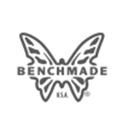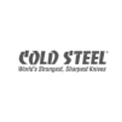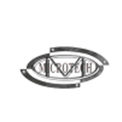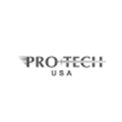The Best Folding Knife: A Brief Guide to Lock Types
28th Jun 2022
One of the most important decisions you will make when you buy a folding knife for EDC is what type of lock type you want to get.
There are plenty of knife lock types on the market, and we don’t have the space in this post to cover them all - but what we can do is cover some of the most important and common among them.
So, if you can’t make a decision one way or the other about the “best” folding knife for you, hopefully, this short guide will help.
Liner Lock
Liner locks may be the most common type of folding knife lock on the market. In a liner lock, there is a small bar of tempered steel with a detent pin in the liner, that holds the blade closed and locks it open.
When you open the blade past a certain point, the liner lock swings inward underneath the bottom of the blade and wedges it open, locking it up.
Liner locks are easy and affordable to produce and even easier to operate. They are also easy to disengage with one hand.
However, liner locks are built in either left or right-handed configurations, making it difficult for southpaws to disengage right-oriented liner locks.
Also, liner locks must be closed with care as the user’s hands will be in the path of the blade when closing it. In addition, liner locks sometimes disengage unintentionally when stressed, which puts the user at risk of closing the blade on the user’s fingers.
Frame Lock
In practice, a frame lock works exactly the same way as a liner lock, with the sole exception that in a frame lock, the entire frame of the knife swings inward to lock the blade open. The configuration of a knife with a frame lock eliminates the need for liners, and oftentimes there are no scales, either.
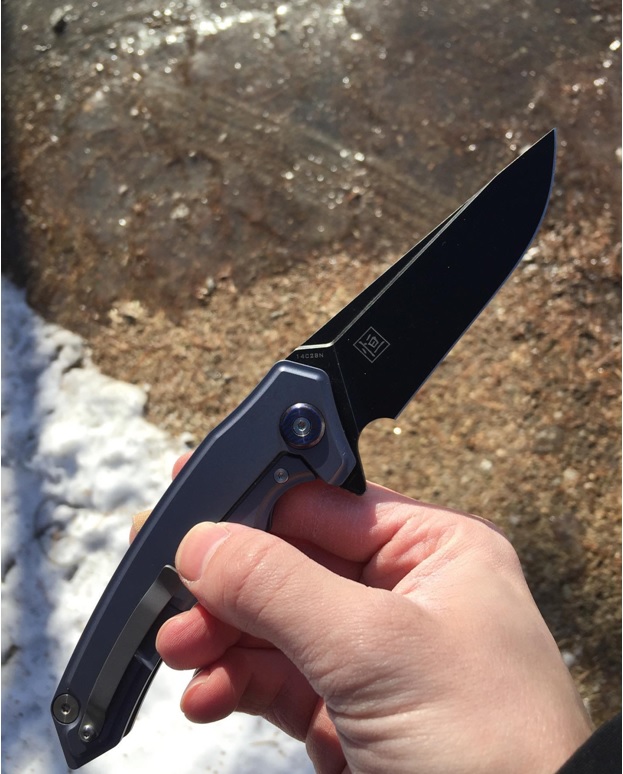
Usually, frame locks are all-metal knives, often steel or titanium. The advantages and disadvantages of frame locks and liner locks are basically the same. They’re easy to open and close with one hand - except in the case where a left-handed user is operating a knife intended for a right-handed user and vice versa.
Frame locks also put the user’s hand in the path of the blade when closing so care must be exhibited during use.
Also, while it’s possible to unintentionally disengage a frame lock by twisting the knife, typically, frame locks are much larger and beefier than liner locks, making this less likely to happen. Due to their larger, more robust nature, many users consider frame locks to be sturdier and more reliable.
Lock back
Championed by the venerable Buck 110 Folding Hunter way back in 1964, almost 64 years ago, the lock back mechanism is now a staple in the world of folding knives. There are many who would tell you that the best folding knife has a lock back locking mechanism.
In place of the liner or frame lock, there is a spring bar along the back of the knife that is pinned to the frame or scales. This lock bar is held in place by a spring at the base of the knife.
When the knife is opened, the spring bar allows the knife to swing into an open position; it snaps shut into a cutout in the spine of the knife, locking it in place. It is held locked open under tension from the spring bar. To close it, the user must depress the bar at the back of the knife.
Lockbacks are very strong. Many would agree stronger than liner locks and frame locks, but it can be tough to open lock back knives with one hand. It’s also almost impossible to disengage a lockback with one hand.
At the same time, the extra security and structural integrity of a lockback helps to offset this.
AXIS Lock/Pivot Lock

In 1988, Benchmade developed a new lock type known as the AXIS lock, which some companies such as Schrade have coped and called the Pivot locks and other names.
In the AXIS lock configuration, there is a bar set into and through the knife frame that communicates with a U-shaped spring bar. When the knife is closed, the U-shaped bar is compressed. When the knife is opened, the tension from the U-shaped bar released, sliding the locking bar forward into a slot that engages the “tang” of the folding knife.
AXIS locks are very strong - perhaps even stronger than lock back mechanisms, and also very easy to engage and disengage. There is also very little chance that this knife lock type will accidentally disengage.
In addition, AXIS locks and other similar styles can be disengaged with one hand - either hand, no matter the dominance - and keep the user’s hands out of the path of the closing blade. This makes them some of the most popular locks on the market.
Collar Long/Ring Lock
Collar locks, also known as ring locks, are not common on knives in the United States, but they are common on some European style knives, such as those produced by Opinel.
A collar lock is a ring of steel that sits around the base of the blade, around the handle of the knife. It can be rotated either to lock the blade open or closed.
Collar locks are not as strong as the other lock mechanisms mentioned here and they do take two hands to operate. They also don’t automatically engage. However, they do keep the user’s hands out of the path of the blade, and on top of that, can be removed and replaced at will. This makes these lock types desirable in areas where there are laws prohibiting people from carrying locking folding knives.
Get the Best Folding Knife Here
These are some of the most popular lock types in the market, but if you’re really looking for the best folding knife, you need to account for other factors, too - factors like handle materials, knife steels, blade profiles, blade length, carry options, deployment mechanisms, and more.
That said, whether you’re looking for pocket knives with corrosion resistant stainless steel blades that hold an edge, compression locks, thumb studs and carbon fiber handles or something a lot simpler, with a clip point blade that allows for one handed open and can tackle any cutting task from opening packaging to whittling spoons, we have it.
We carry some of the most popular knives and tools in the industry, so no matter what your conception of the best folding knife is, we can help you get it. Take a look through our collection via the previous link and if you don’t see what you’re looking for get in touch with us at WhiteMountainKnives@Gmail.com.


